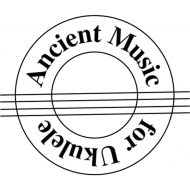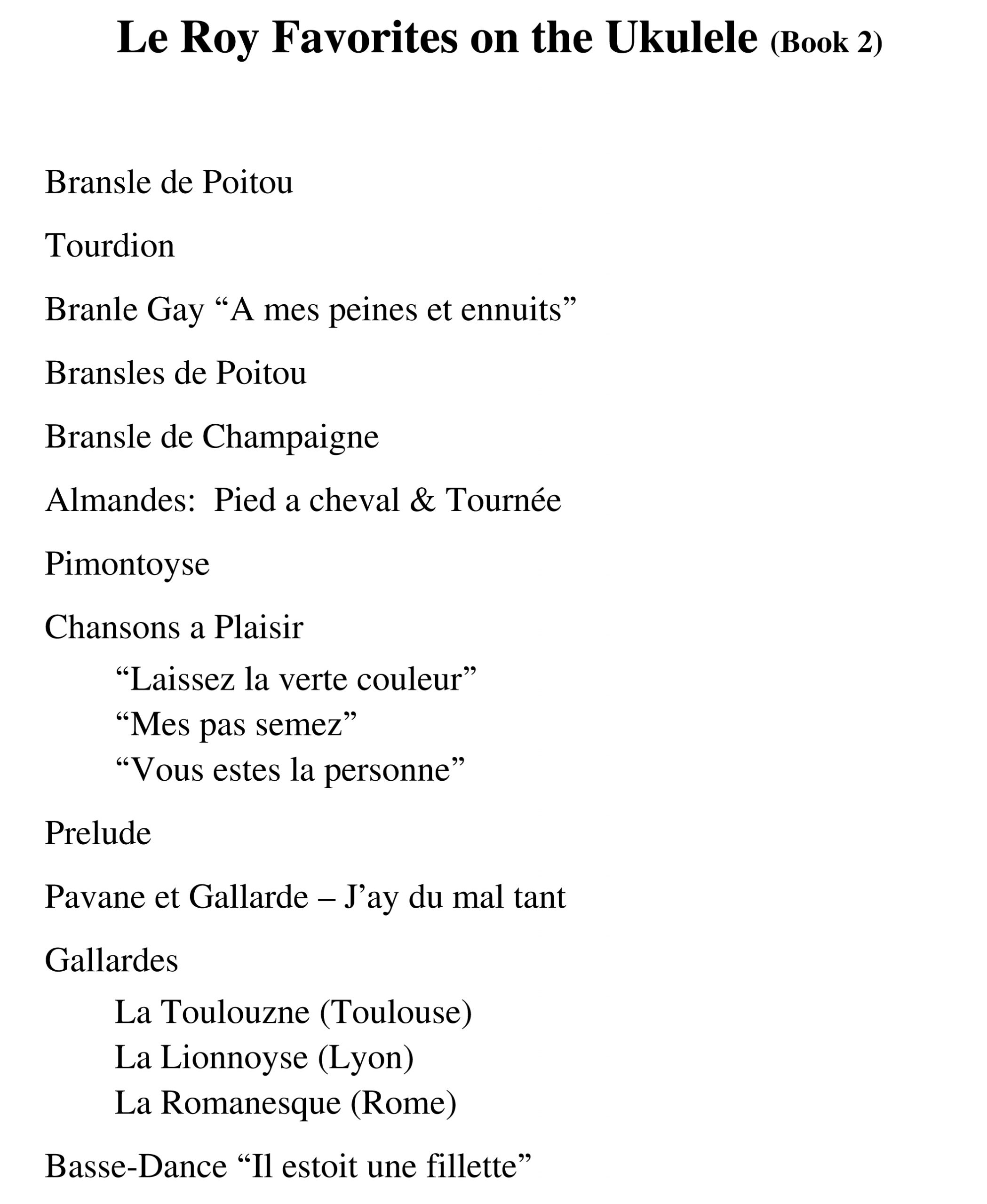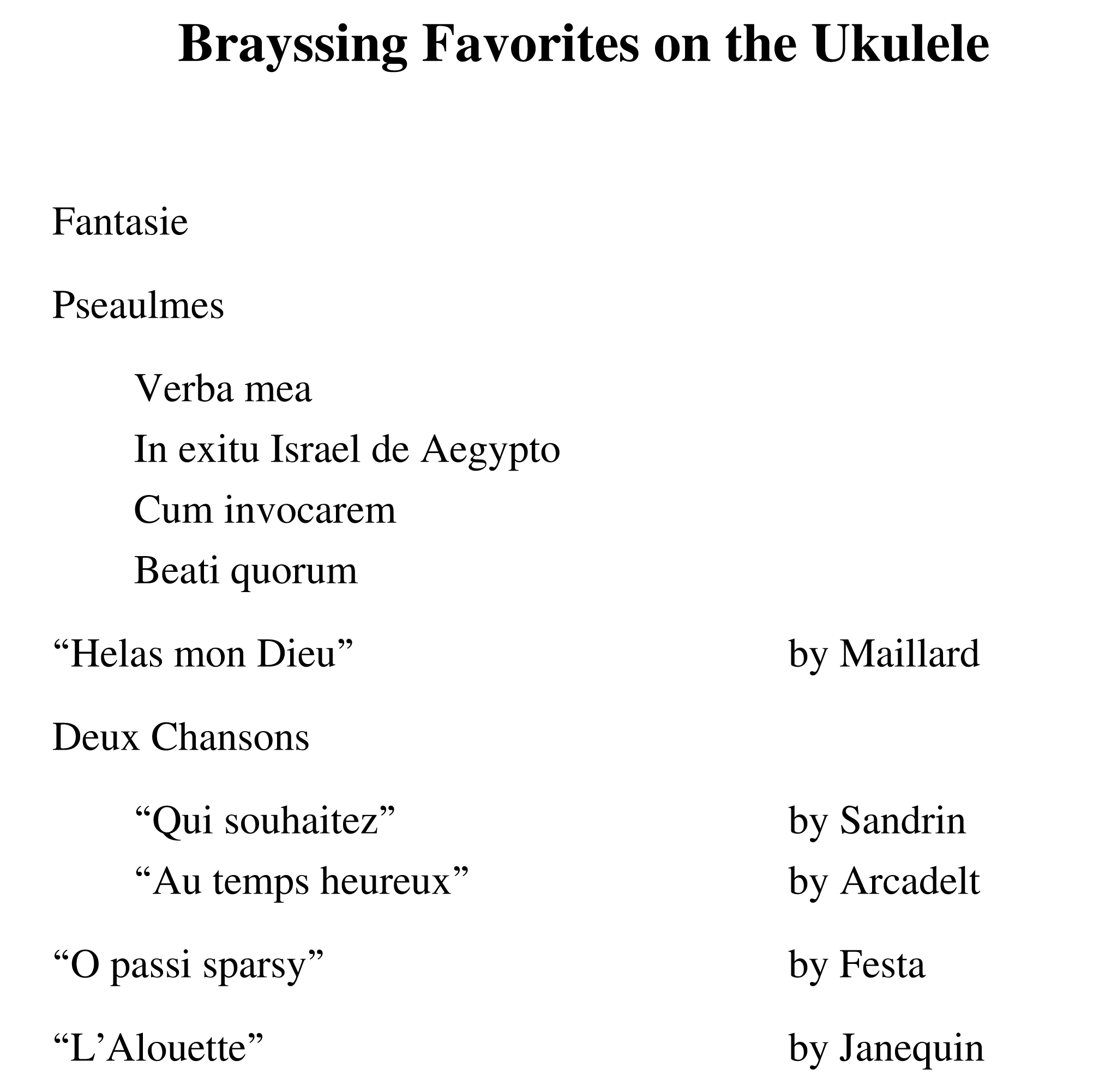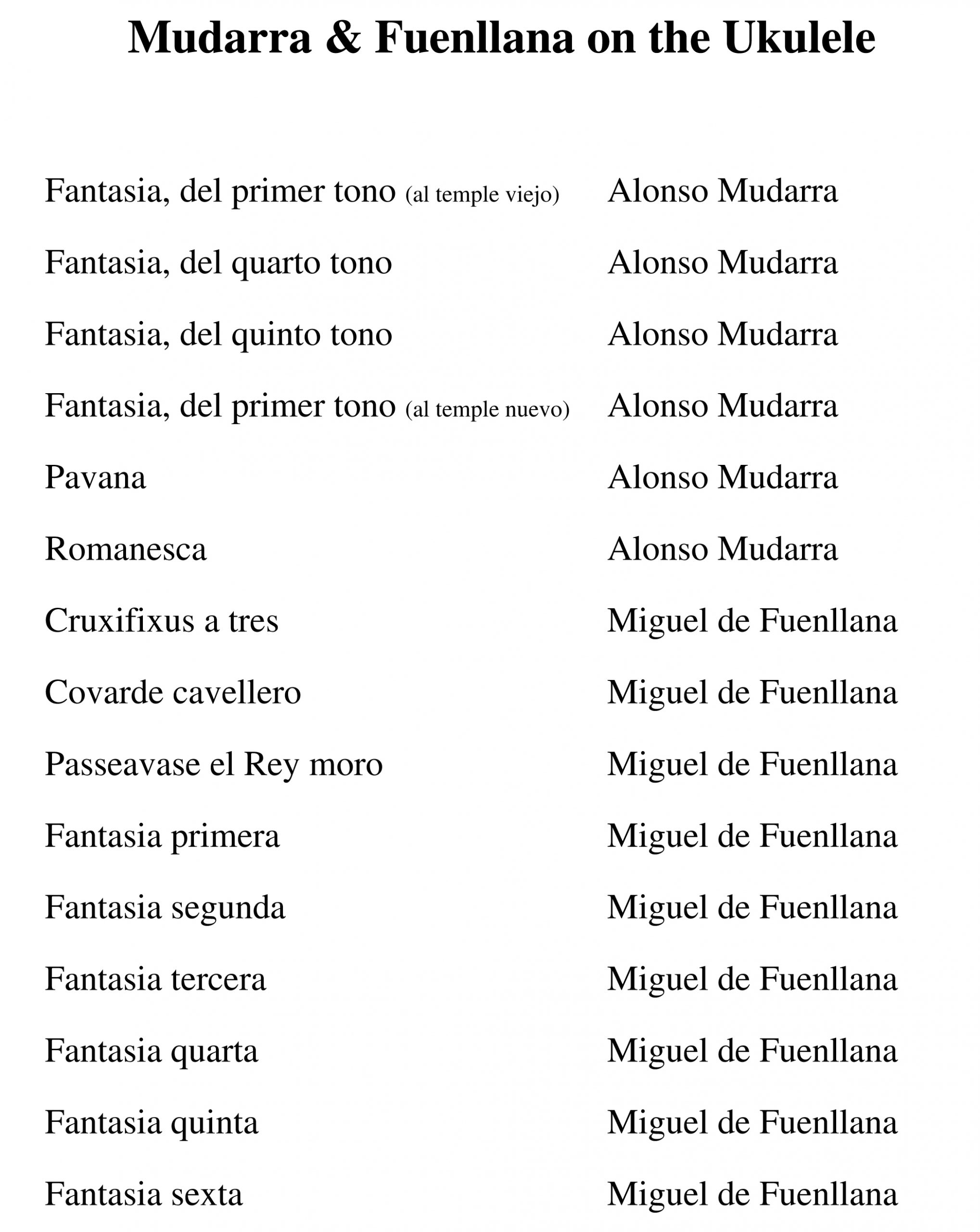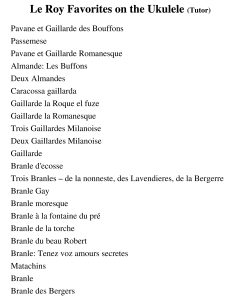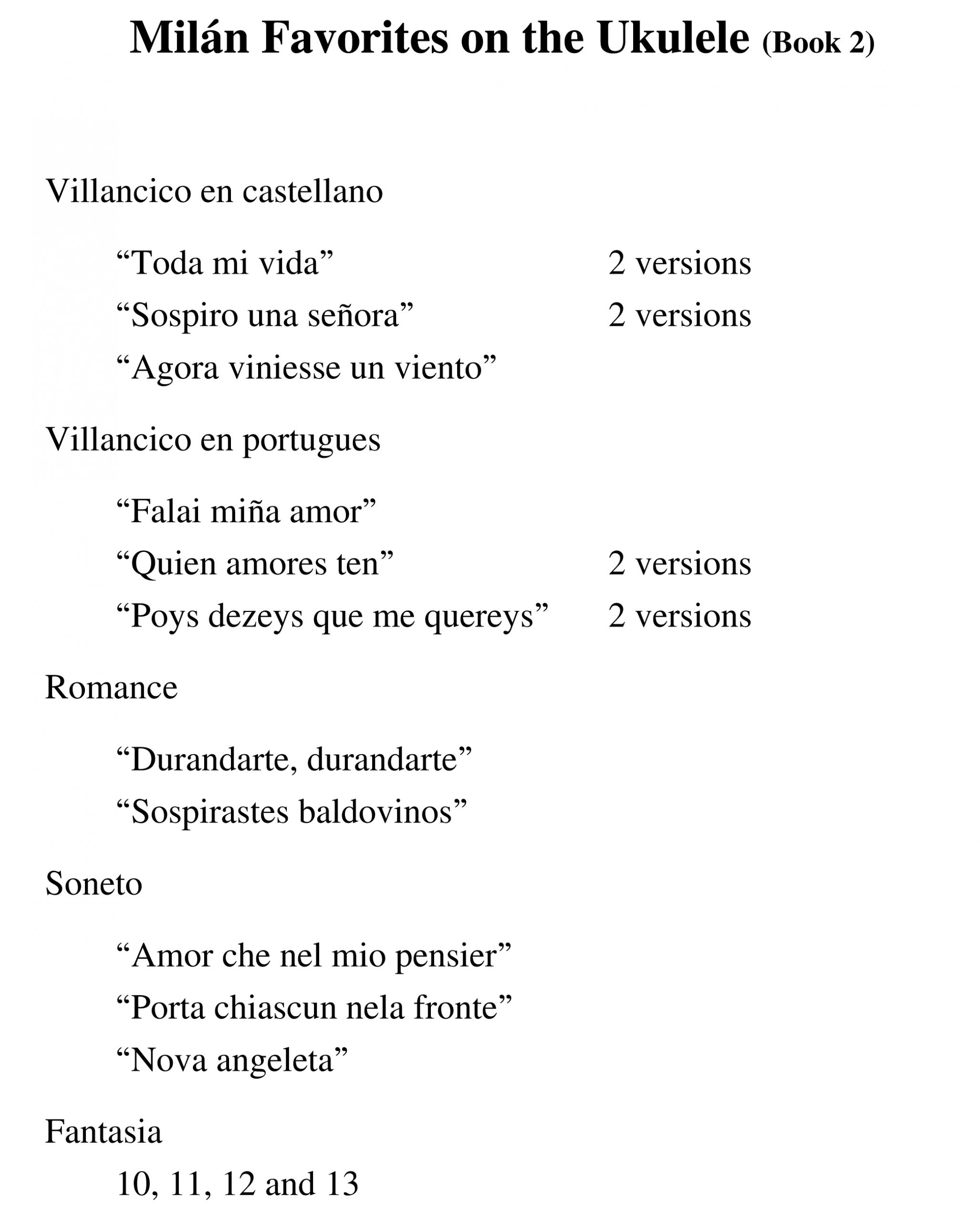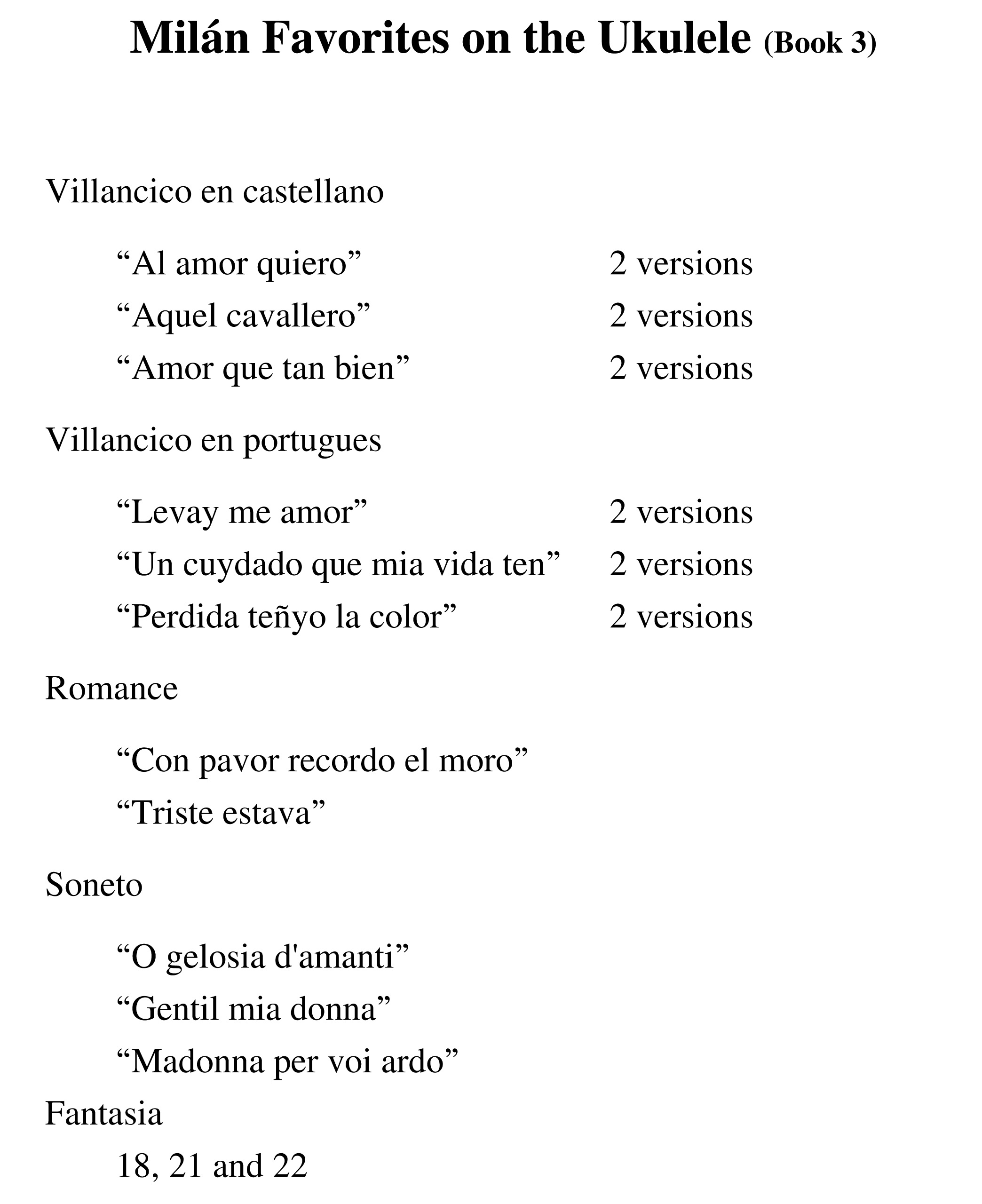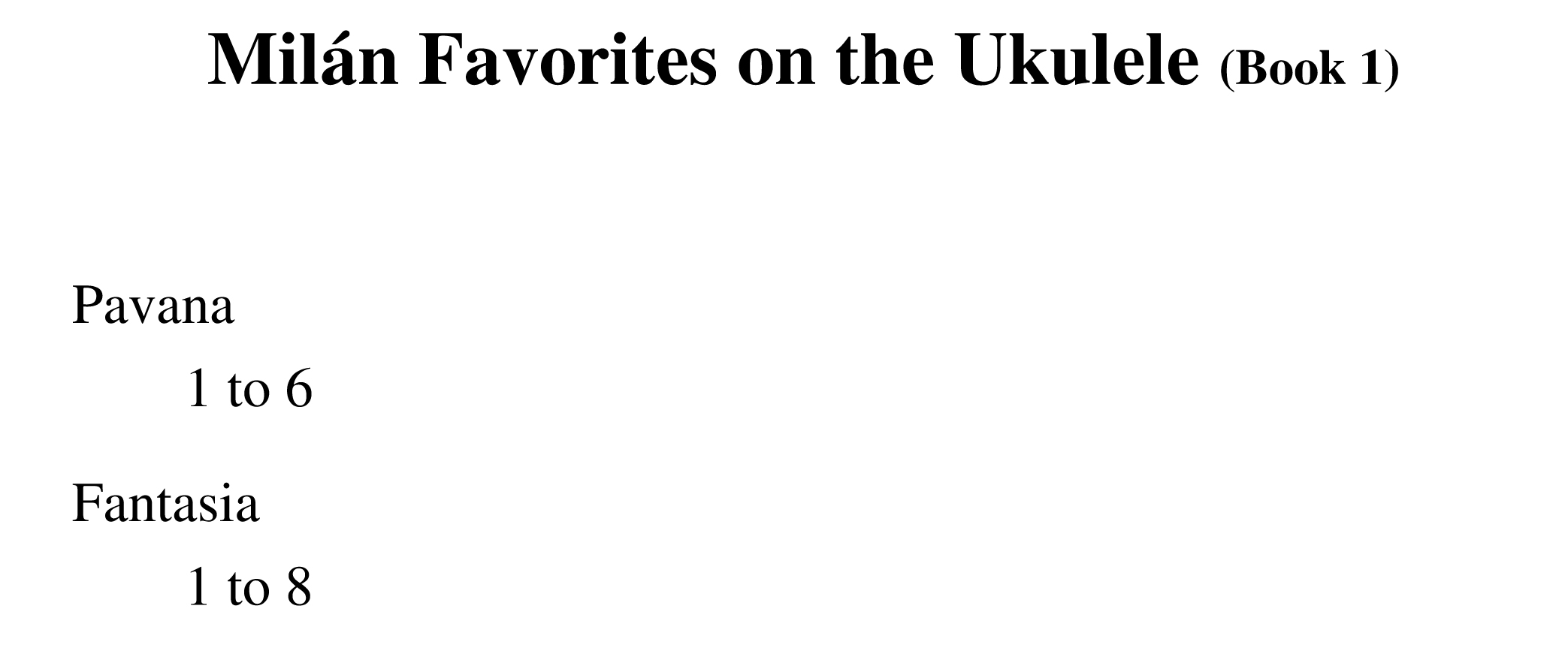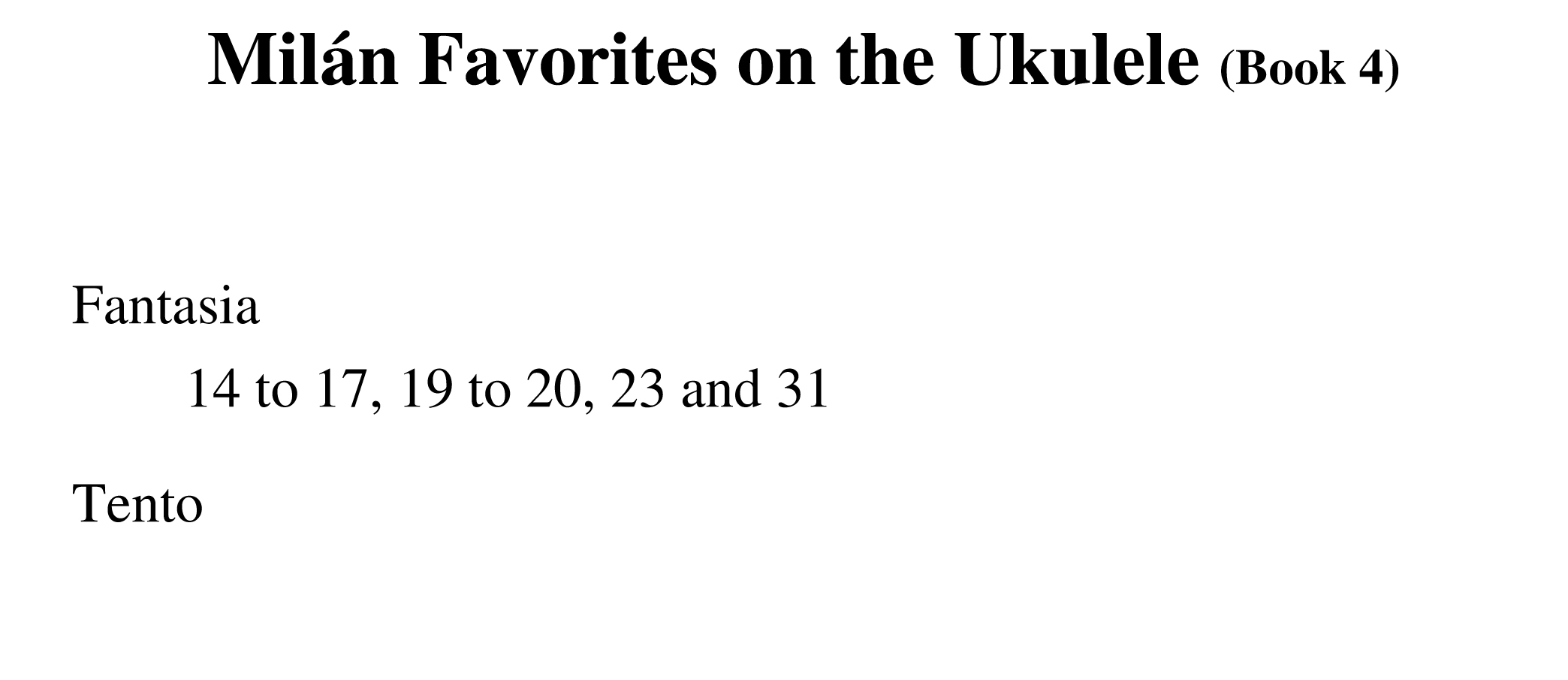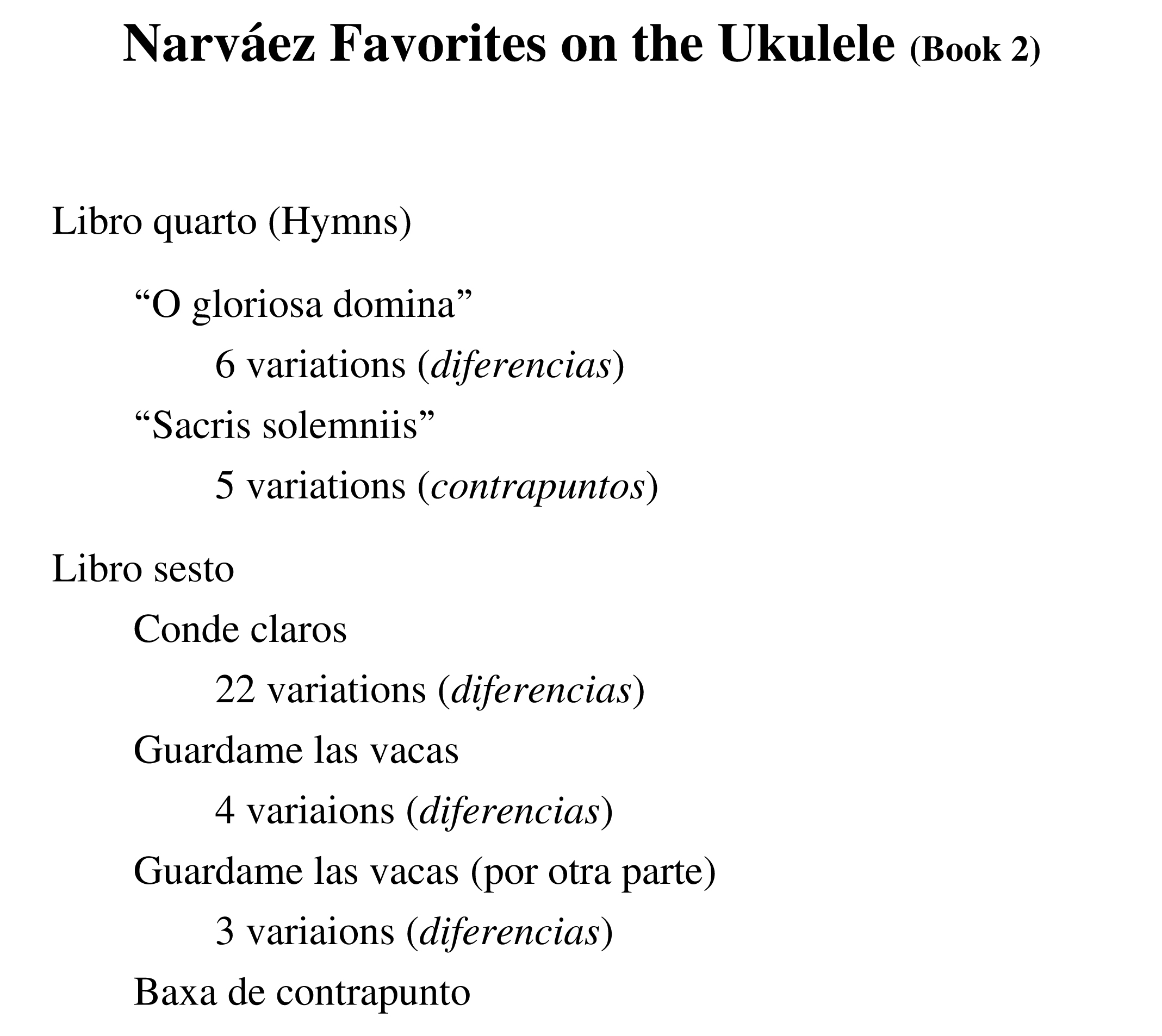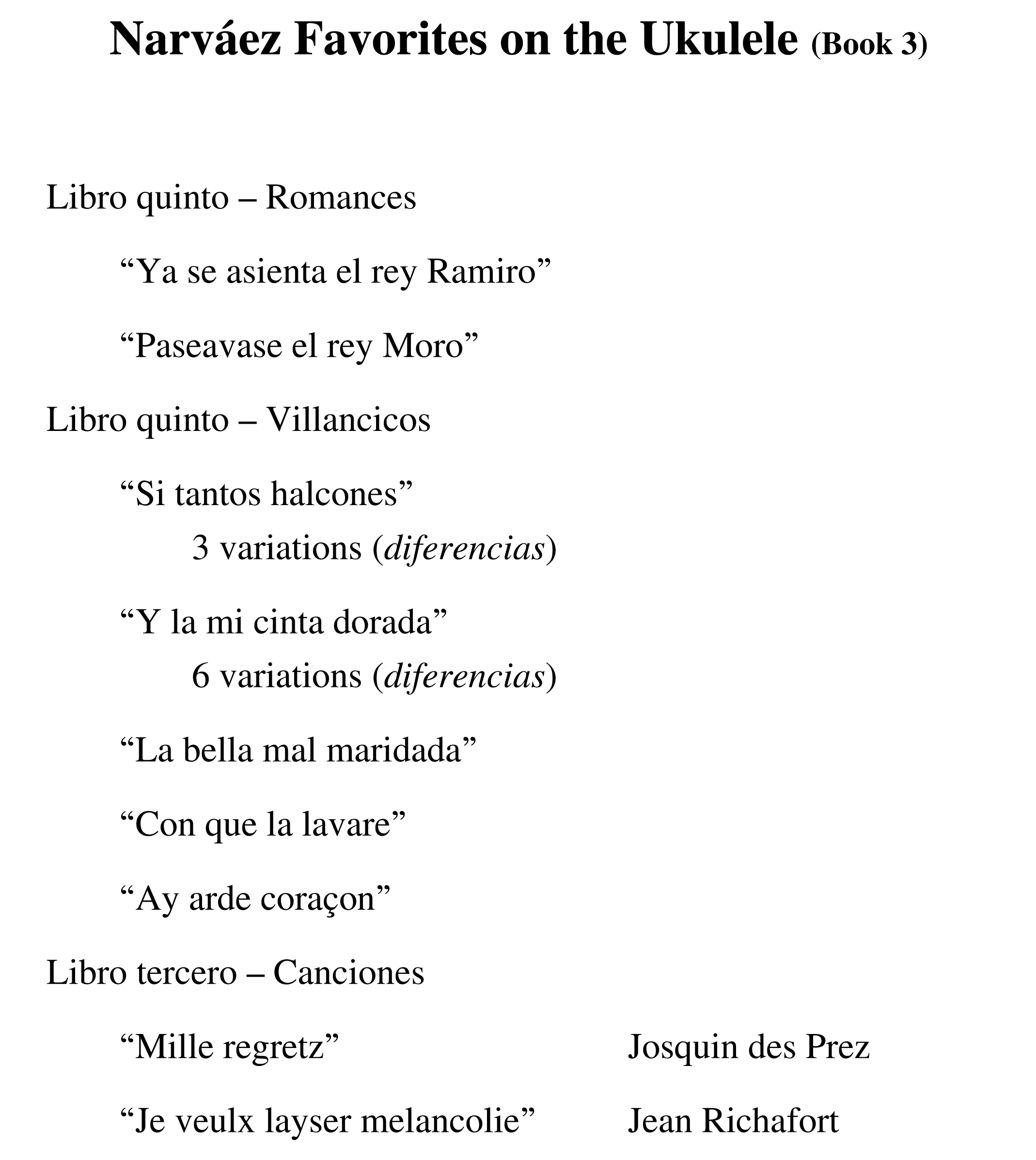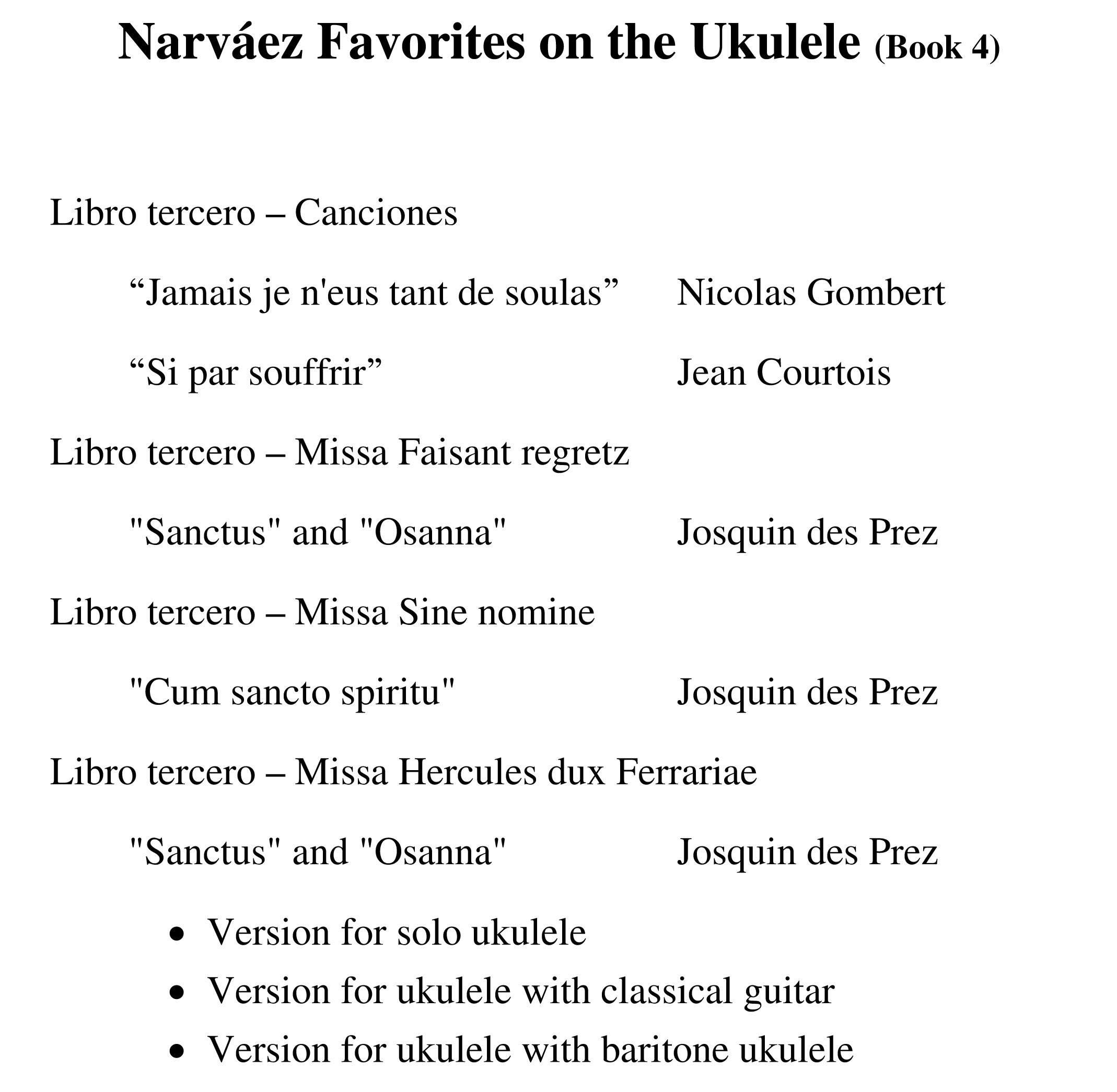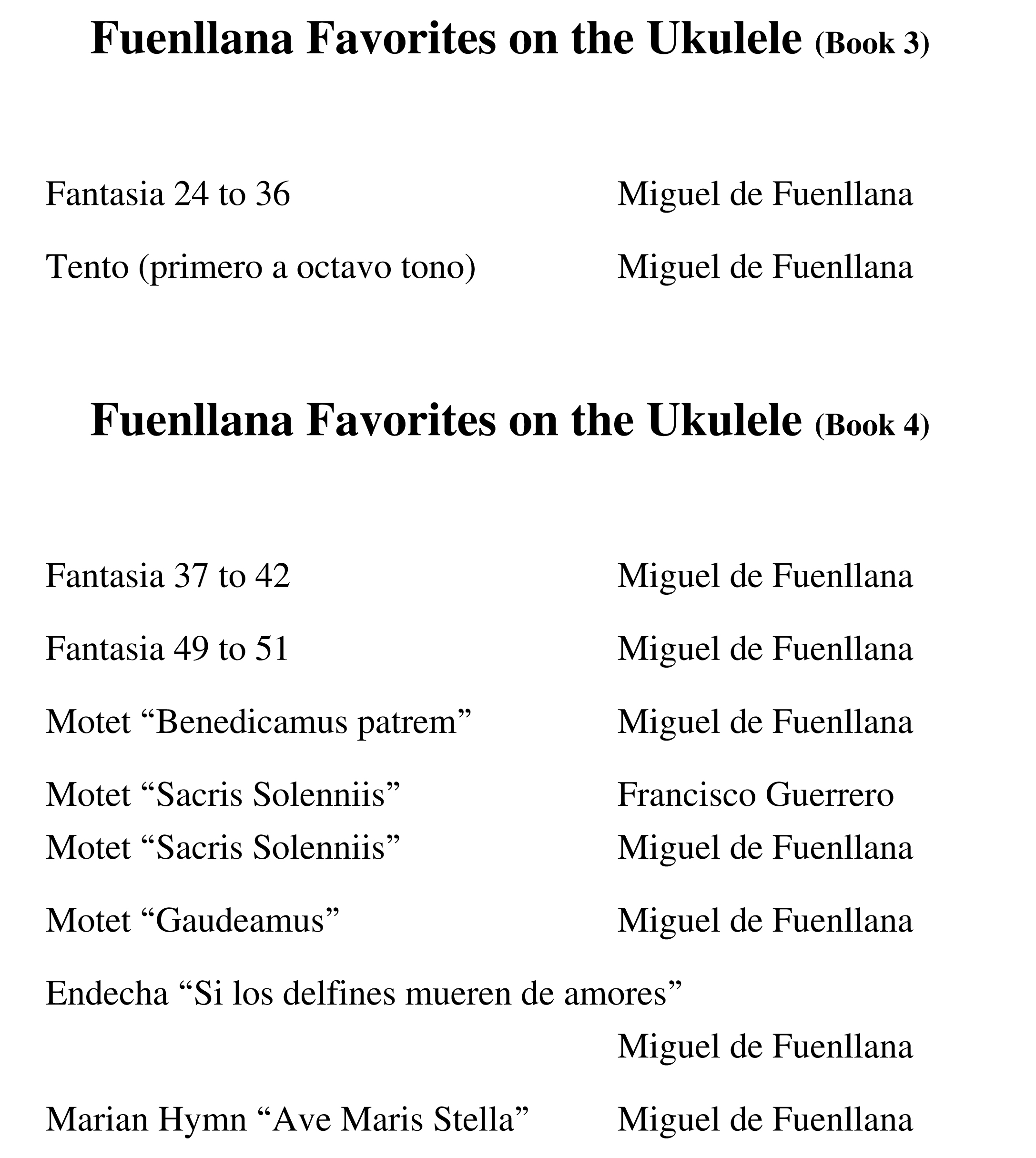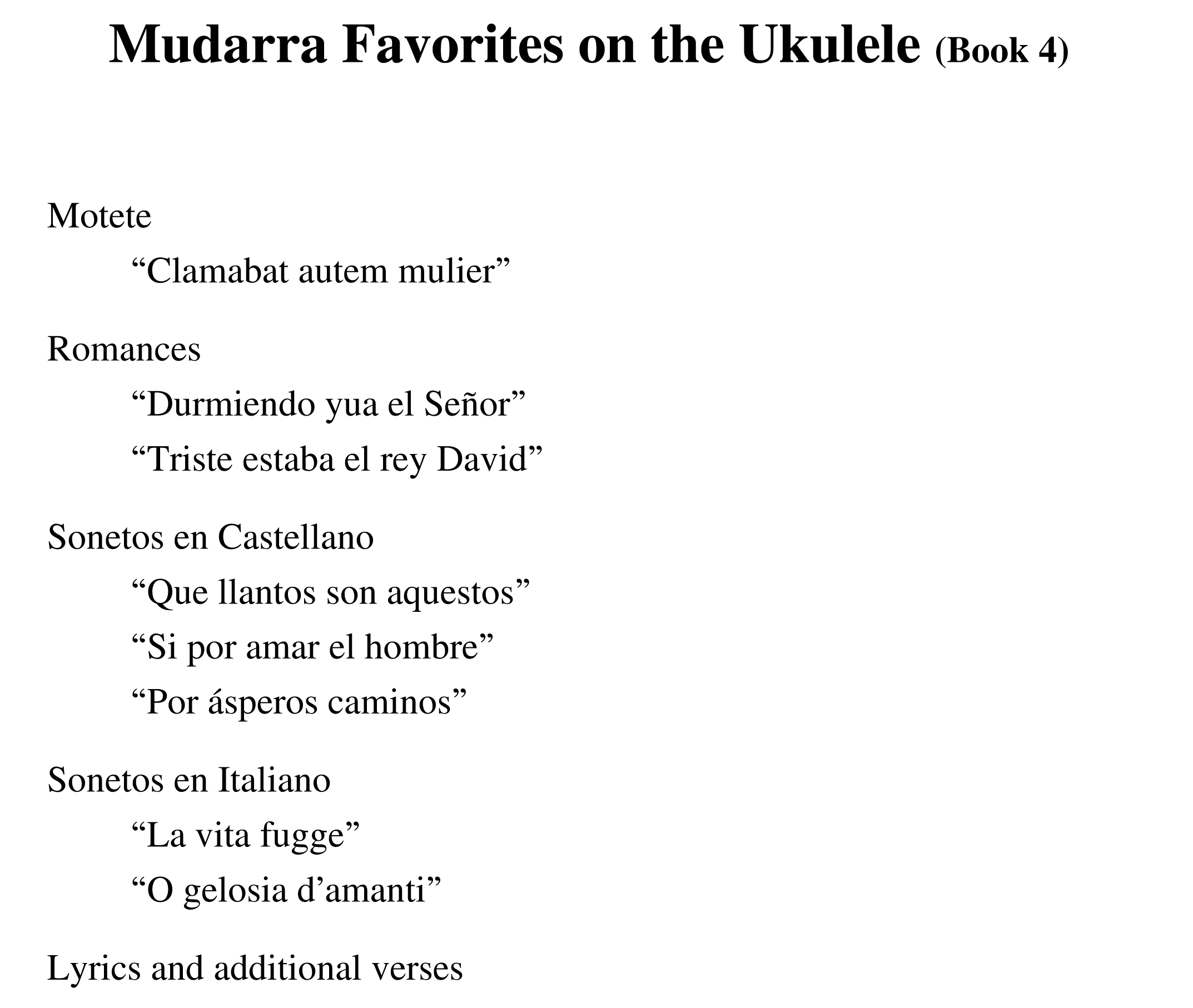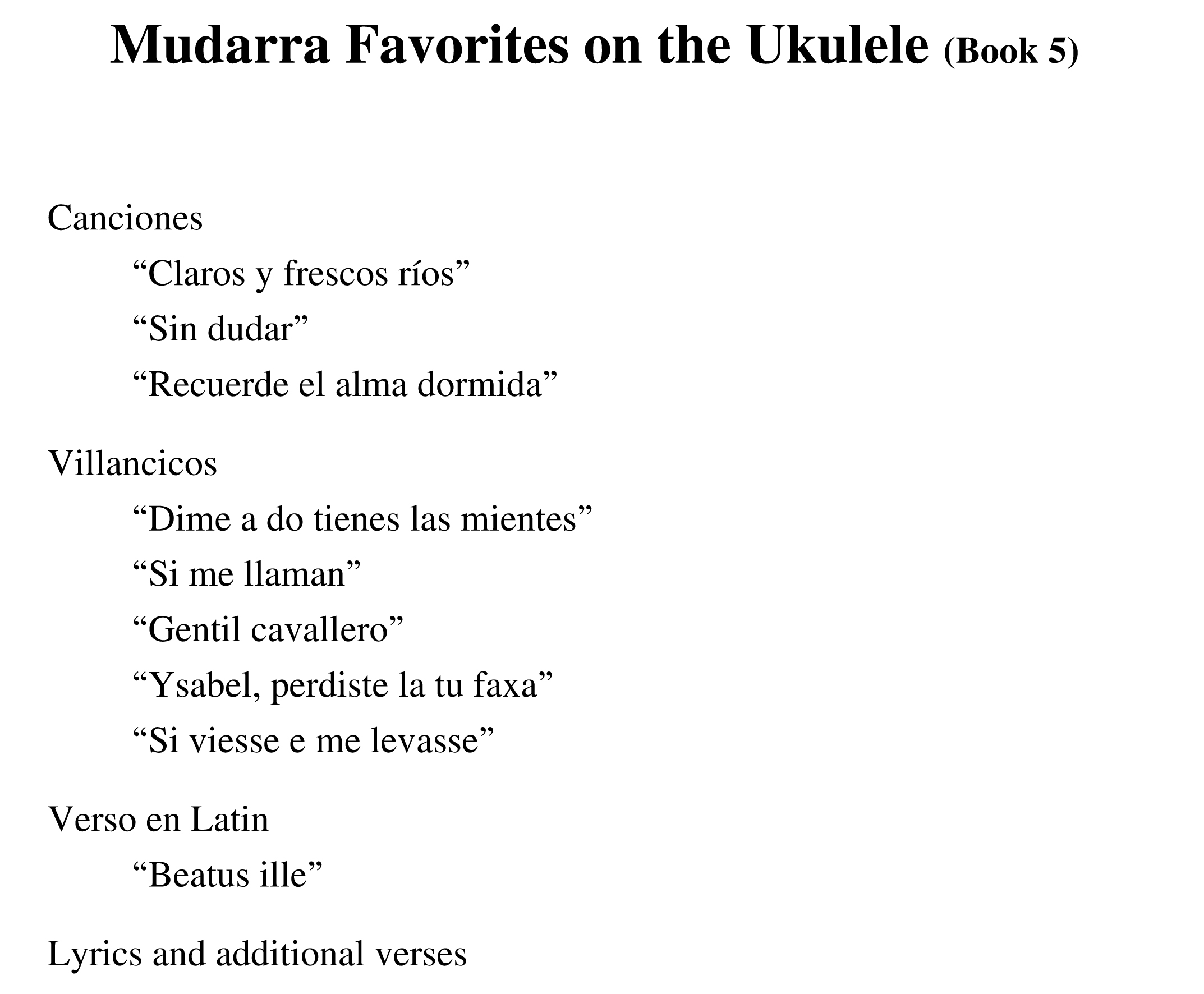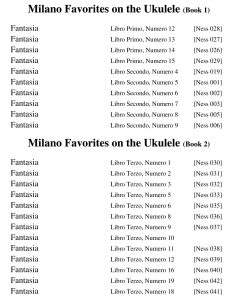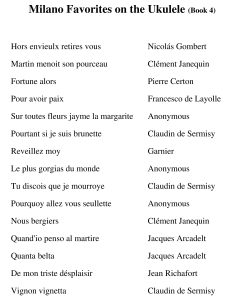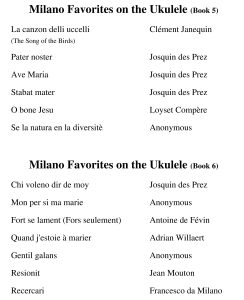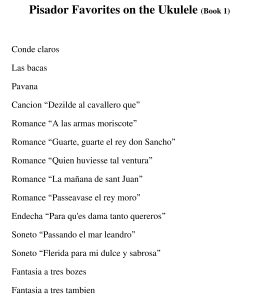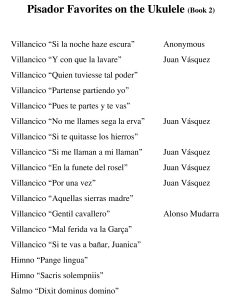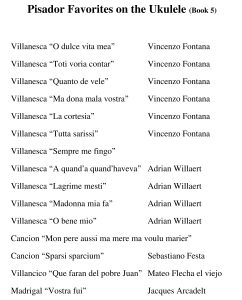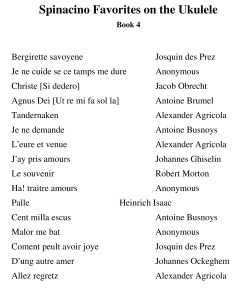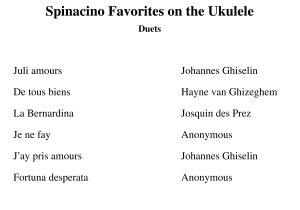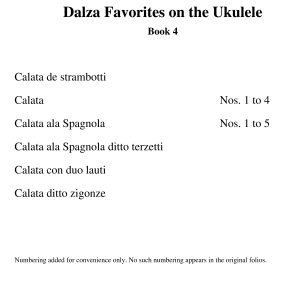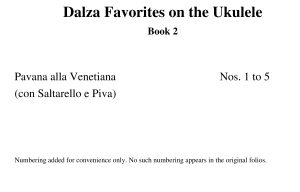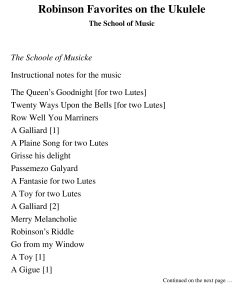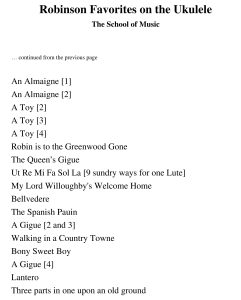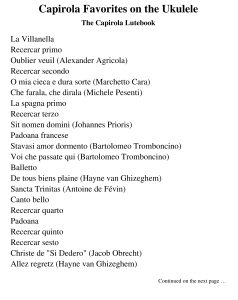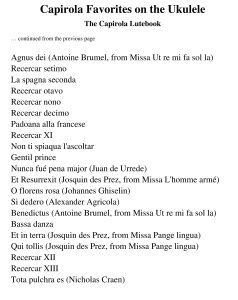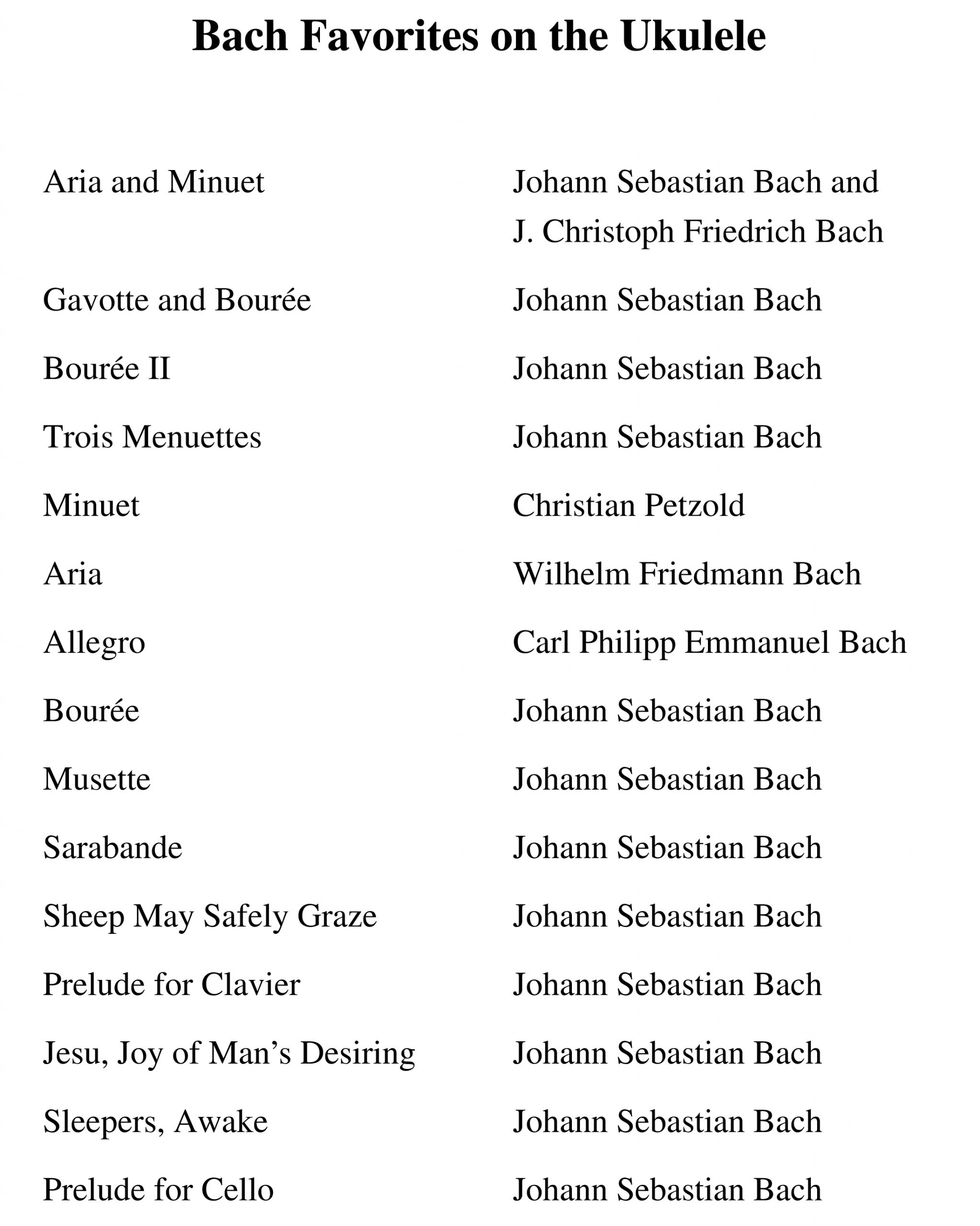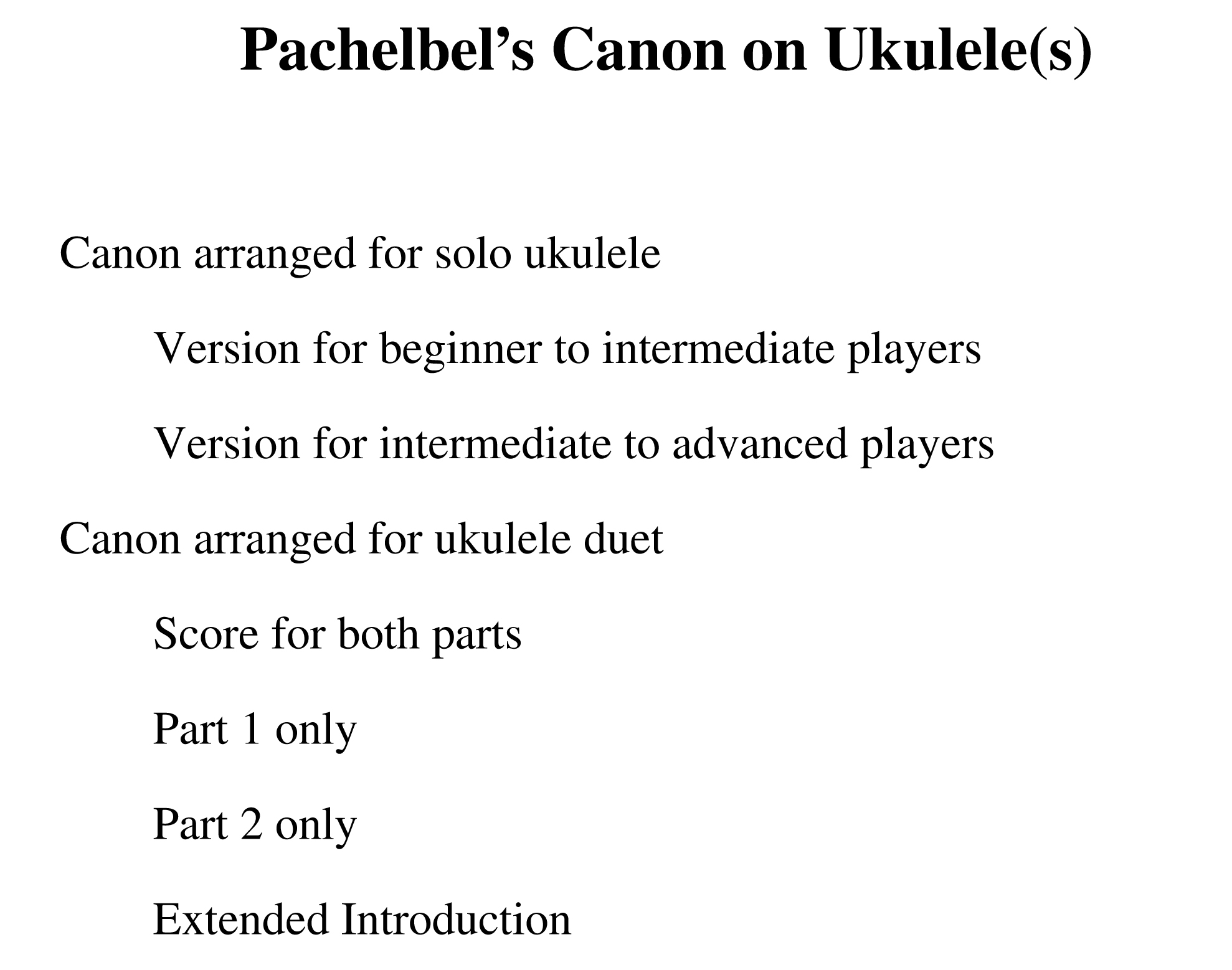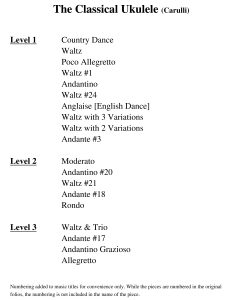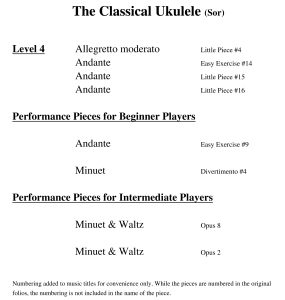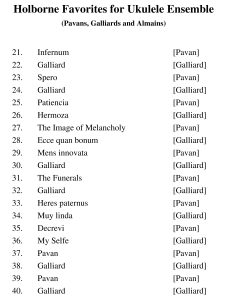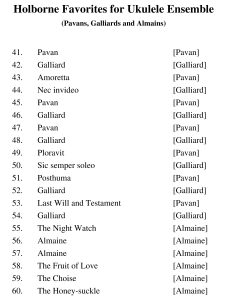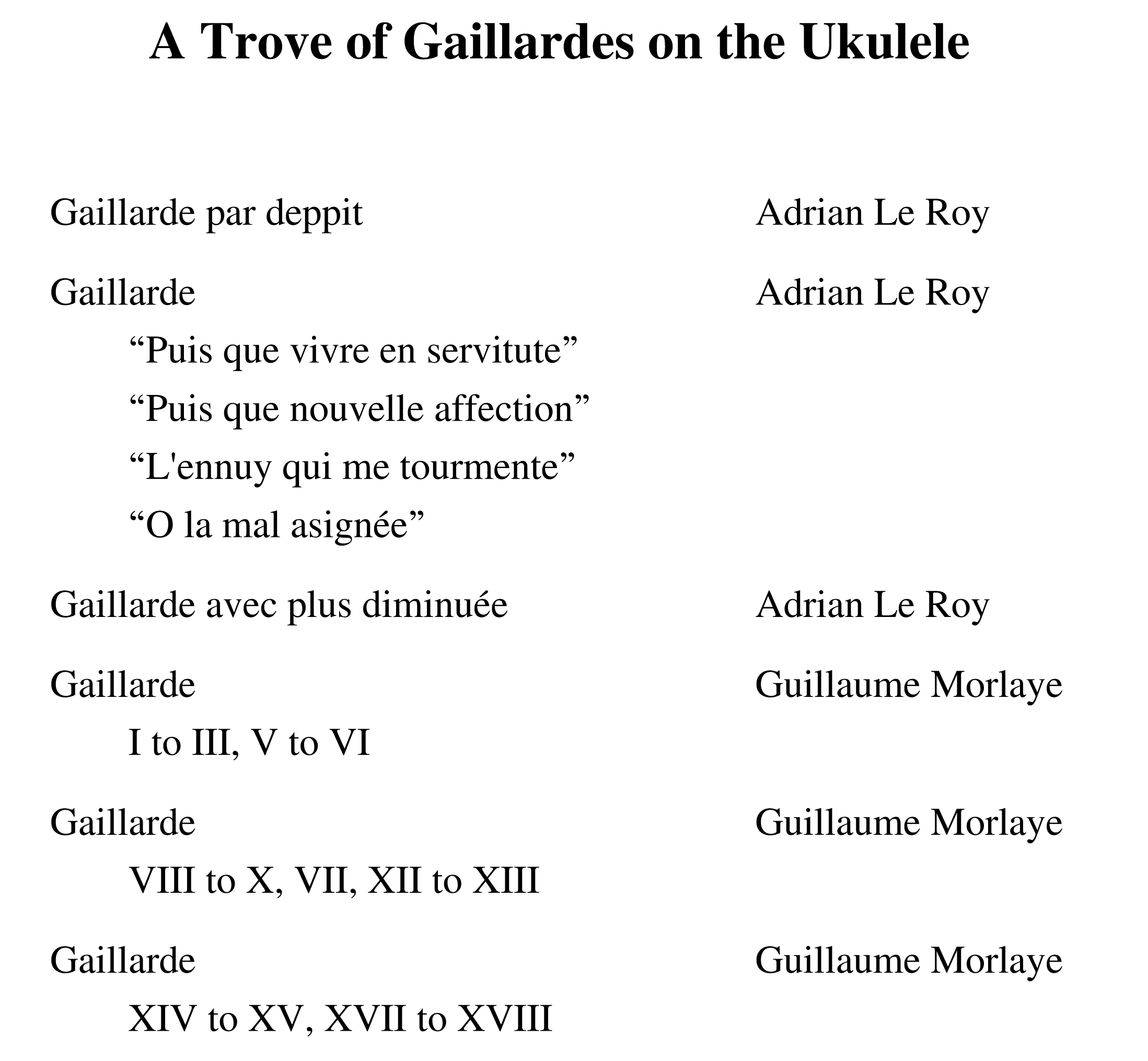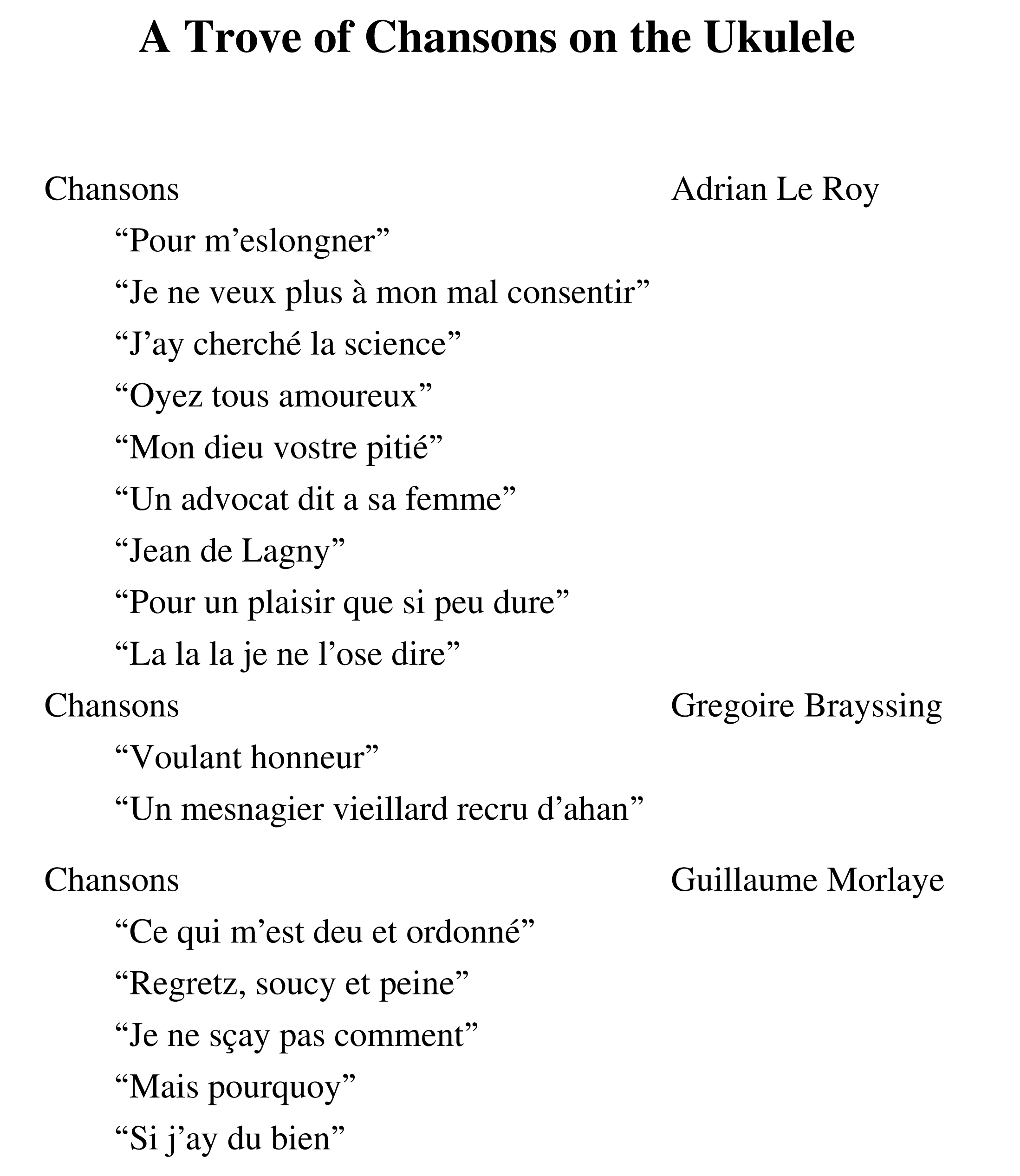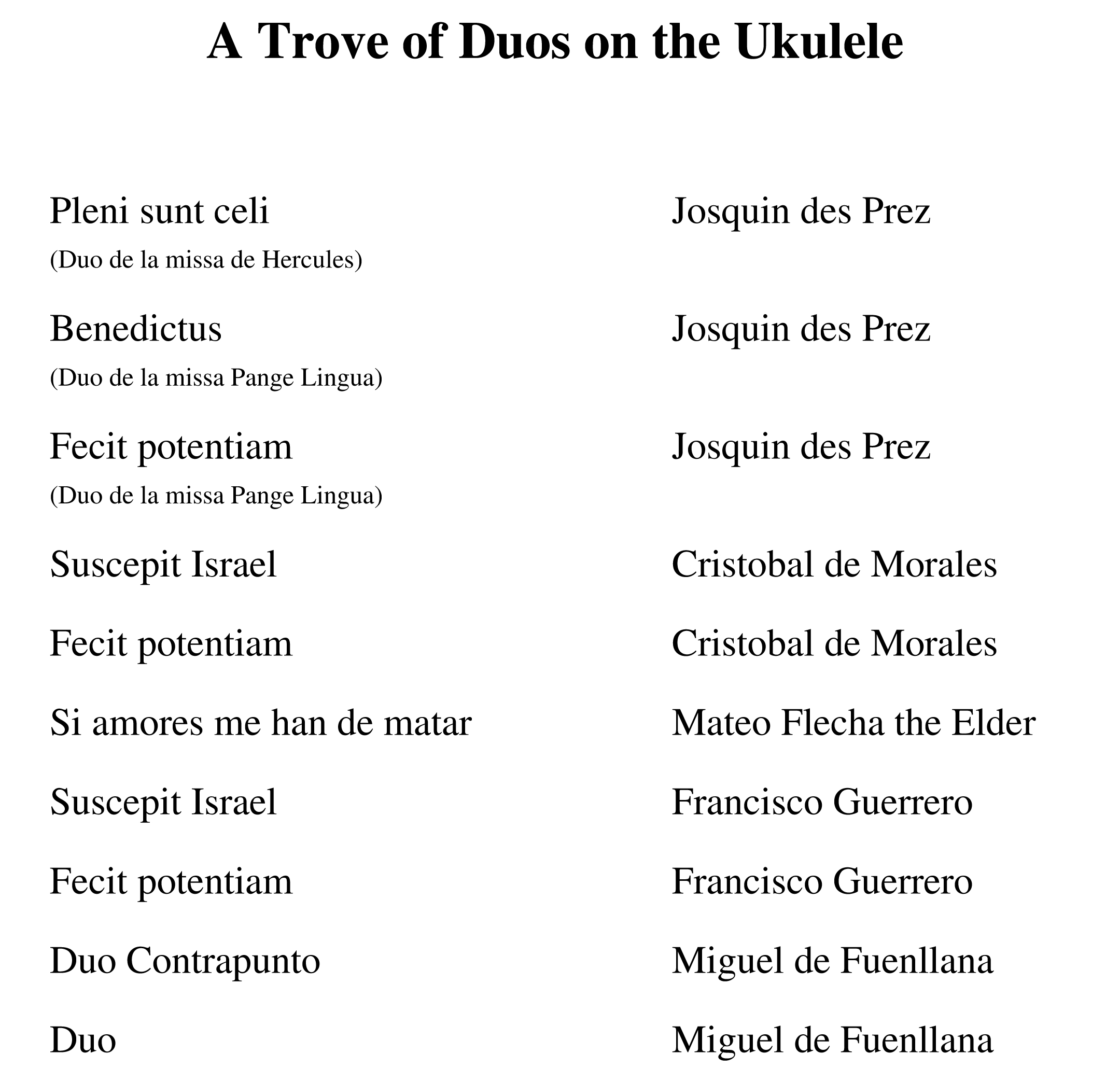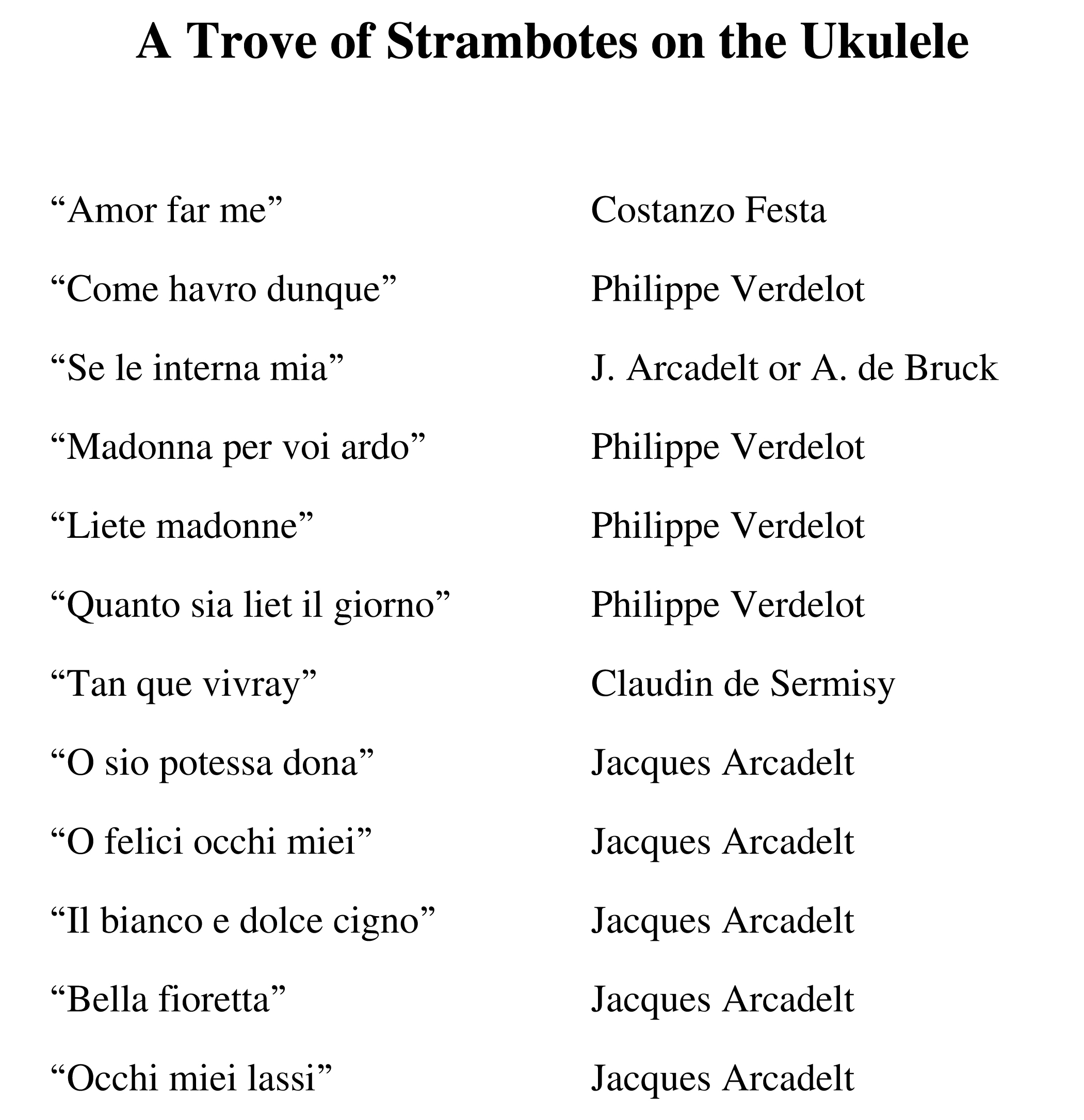 Printed books can be ordered and shipped to your location, please contact us and we’ll price the book/shipping and mail them to you (payment is by PayPal or e-transfer). You can also request a binder with multiple books. The printed books are optimized to minimize critical page turns.
Printed books can be ordered and shipped to your location, please contact us and we’ll price the book/shipping and mail them to you (payment is by PayPal or e-transfer). You can also request a binder with multiple books. The printed books are optimized to minimize critical page turns.
EBooks are available from Kobo worldwide (prices are CA$9.95 to CA$7.95; larger collections are CA$12.95 to CA$19.95). You need not own a Kobo reader as the books can be downloaded and read using ePub capable software such as Adobe Digital Editions. The books may also available from other booksellers and music sites worldwide. On larger screens, the electronic books are optimized to be used in double-page format (i.e. two pages per screen).
Downloads can be requested (priced at CA$8.00 per book or CA$16.00 to CA$32.00 for large collections; payment is by PayPal or e-transfer). Three formats are available: PDF for printing and ePub or Mobi for electronic books and they will be emailed to you. Please contact us.
Individual Pieces can also be requested (priced at CA$2.00 per piece; payment is by PayPal or e-transfer). The pieces are in PDF format only and will be emailed to you. Please contact us.
Corrections to publictions (yes, we all make mistakes) are identified and corrected documents are avaialbe for downlad. View and download any corrections. If you find an error, are uncertain that an arrangement is accurate or have any questions about a piece, please contact us.
The books on this page are grouped in categories:
-
- Overall and Era Specific Collections
- Renaissance Guitar
- Renaissance Transcriptions
- Renaissance Collections
- Baroque Transcriptions
- Classical / Romantic Transcriptions
- Playing & Singing
- Duets & Quartets & Ensembles
- Recitals & Suites
- Troves
PLANNED FUTURE PUBLICATIONS: The music of Estevan Daza (El Parnasso, 1576), Enríquez de Valderrábano (Silva de sirenas, 1547), Classical Music of Carulli, Sor, Guilliani, Carcassi, Aguado, and more!
Ancient Music for Ukulele
This collection of favorite pieces from the Medieval, Renaissance and Baroque eras are adapted for the Ukulele or Renaissance Guitar, using musical notation and tablature. These pieces are the favorites of the arranger, Robert Vanderzweerde, for many reasons. Some are just fun to play, many will be recognized by music lovers of other genres so they become great “set” pieces when asked to demonstrate what you do and, finally, Robert performed many of these pieces while learning to play classical guitar and they have remained favorites ever since. The pieces in this book are ordered first by musical era and then by degree of difficulty, starting with those that are easier. When playing a soprano, concert or tenor ukulele, linear tuning is required (i.e. using a low G string). Read the notes about the composers and/or pieces. Listen to the recordings.
Era Specific Collections
This collection of beginner to intermediate pieces from the Renaissance and early Baroque periods (from 1500 to 1650) are adapted and arranged for the Ukulele or Renaissance Guitar, using both modern musical notation and tablature. The pieces in this book are ordered by degree of difficulty, starting with those that are easier. When playing a soprano, concert or tenor ukulele, linear tuning is required (i.e. using a low G string). Read the notes about the composers and/or pieces. Listen to the recordings.
This collection of beginner to intermediate pieces from the Baroque and late Renaissance periods (from 1640 to 1750) are adapted and arranged for the Ukulele or Renaissance Guitar, using both modern musical notation and tablature. The pieces in this book are ordered by degree of difficulty, starting with those that are easier. When playing a soprano, concert or tenor ukulele, linear tuning is required (i.e. using a low G string). Read the notes about the composers and/or pieces. Listen to the recordings.
This collection of beginner to intermediate pieces from the Medieval or Middle Ages (5th to 15th centuries) are adapted and arranged for the Ukulele or Renaissance Guitar, using both modern musical notation and tablature. The pieces in this book are grouped by type (e.g. song versus dance). When playing a soprano, concert or tenor ukulele, linear tuning is required (i.e. using a low G string). Read the notes about the composers and/or pieces. Listen to the recordings.
Renaissance Guitar
All the books in this section are based on music composed specifically for the Renaissance 4-course guitar.
Book 1 is a collection of intermediate to advanced pieces and Book 2 is a collection of beginner to advanced pieces by Adrian Le Roy (ca 1520 – 1598). They are adapted for the Ukulele or Renaissance Guitar, using musical notation and tablature. Book 1 is roughly in the same order as the original books and Book 2 is roughly in order of difficulty. Not all of the original pieces are included in these books of arrangements. When playing a soprano, concert or tenor ukulele, linear tuning is required (i.e. using a low G string). Read the notes about the composers and/or pieces. Listen to the recordings.
Book 1 is a collection of intermediate to advanced pieces and Book 2 is a collection of beginner to advanced pieces by Guillaume Morlaye (ca 1510 – 1558). They are adapted for the Ukulele or Renaissance Guitar, using musical notation and tablature. Book 1 is roughly in the same order as the original books and Book 2 is roughly in order of difficulty. Not all of the original pieces are included in these books of arrangements. When playing a soprano, concert or tenor ukulele, linear tuning is required (i.e. using a low G string). Read the notes about the composers and/or pieces. Listen to the recordings.
This collection of intermediate to advanced pieces by Gregoire Brayssing (fl 1547 – 1560) are adapted for the Ukulele or Renaissance Guitar, using musical notation and tablature. The pieces in this book in roughly the same order as the original book, however, not all of the original pieces are included in this book of arrangements. When playing a soprano, concert or tenor ukulele, linear tuning is required (i.e. using a low G string). Read the notes about the composers and/or pieces. Listen to the recordings.
This collection of intermediate to advanced pieces by Simon Gorlier (fl 1550 – 1584) are adapted for the Ukulele or Renaissance Guitar, using musical notation and tablature. The pieces in this book in roughly the same order as the original book, however, not all of the original pieces are included in this book of arrangements. When playing a soprano, concert or tenor ukulele, linear tuning is required (i.e. using a low G string). Read the notes about the composers and/or pieces. Listen to the recordings.
NOTE that if you purchased or downloaded Gorlier Favorites on the Ukulele, there is a correction to one of the pieces. View and download this correction.
This collection of intermediate to advanced pieces by Jacques Arcadelt (ca 1507 – 1568) are adapted for the Ukulele or Renaissance Guitar, using musical notation and tablature. The pieces in this book in roughly the same order as the original book, however, not all of the original pieces are included in this book of arrangements. When playing a soprano, concert or tenor ukulele, linear tuning is required (i.e. using a low G string). Read the notes about the composers and/or pieces. Listen to the recordings.
NOTE that if you purchased or downloaded Arcadelt Favorites on the Ukulele before March 3, 2022, there are corrections to two of the pieces. View and download these corrections.
This collection of beginner to advanced pieces by Alonso Mudarra (ca 1510 – 1580) and Miguel de Fuenllana (ca 1500 – 1579) are adapted for the Ukulele or Renaissance Guitar, using musical notation and tablature. The pieces in this book are in the order that they appear in the original publications. When playing a soprano, concert or tenor ukulele, linear tuning is required (i.e. using a low G string). Read the notes about the composers and/or pieces. Listen to the recordings.
This collection of beginner to advanced pieces by Adrian Le Roy (ca 1520 – 1598) are adapted for the Ukulele or Renaissance Guitar, using musical notation and tablature. The pieces in this book are in roughly the same order as the original publication. When playing a soprano, concert or tenor ukulele, linear tuning is required (i.e. using a low G string). Read the notes about the composers and/or pieces. Listen to the recordings.
Renaissance Transcriptions
These books are based on musical transcriptions from other instruments, primarily the lute and vihuela.
This collection of beginner to advanced pieces by Dowland and his contemporaries (from 1563 to 1626) are adapted and arranged for the Ukulele or Renaissance Guitar, using both modern musical notation and tablature. The pieces in this book start with two songs and then are arranged roughly in degree of difficulty. When playing a soprano, concert or tenor ukulele, linear tuning is required (i.e. using a low G string). Read the notes about the composers and/or pieces. Listen to the recordings.
Six books of increasing difficulty with intermediate to advanced pieces by Luys Milán (ca 1500 – 1561) adapted for the Ukulele or Renaissance Guitar, using musical notation and tablature. The pieces in these books are in roughly the same order as the original books, however, not all of the original pieces are included in these books of arrangements. When playing a soprano, concert or tenor ukulele, linear tuning is required (i.e. using a low G string). Read the notes about the composer and/or pieces. Listen to the recordings.
Two books with intermediate to advanced instrumental pieces by Luys de Narváez (fl 1529 – 1549) adapted for the Ukulele or Renaissance Guitar, using musical notation and tablature. The pieces in this book in roughly the same order as the original books, however, not all of the original pieces are included in this book of arrangements. When playing a soprano, concert or tenor ukulele, linear tuning is required (i.e. using a low G string). Read the notes about the composer and/or pieces. Listen to the recordings.
Two books with intermediate to advanced vocal and instrumental pieces by Luys de Narváez (fl 1529 – 1549) adapted for the Ukulele or Renaissance Guitar, using musical notation and tablature. The pieces in this book in roughly the same order as the original books, however, not all of the original pieces are included in this book of arrangements. When playing a soprano, concert or tenor ukulele, linear tuning is required (i.e. using a low G string). Read the notes about the composer and/or pieces. Listen to the recordings.
Four books with intermediate to advanced pieces by Miguel de Fuenllana (ca 1500 – 1579) adapted for the Ukulele or Renaissance Guitar, using musical notation and tablature. It features all of the vihuela pieces in Orphenica Lyra, including two duos, 45 fantasies, 8 tentos, a motet and other compositions. The pieces in this book in roughly the same order as the original books, however, not all of the original pieces are included in this book of arrangements. For example, the 6 fantasies in Orphenica Lyra written by Fuenllana for Renaissance Guitar are in the book Mudarra & Fuenllana on the Ukulele. When playing a soprano, concert or tenor ukulele, linear tuning is required (i.e. using a low G string). Read the notes about the composer and/or pieces. Listen to the recordings.
Three books with intermediate pieces by Alonso Mudarra (ca 1510 – 1580) adapted for the Ukulele or Renaissance Guitar, using musical notation and tablature. They feature most of the instrumental vihuela pieces in Tres libros de musica en cifras para vihuela. The pieces in this book in roughly the same order as the original books, however, not all of the original pieces are included in this book of arrangements. For example, the pieces in Tres libros written by Mudarra for Renaissance Guitar are in the book Mudarra & Fuenllana on the Ukulele. When playing a soprano, concert or tenor ukulele, linear tuning is required (i.e. using a low G string). Read the notes about the composer and/or pieces. Listen to the recordings.
Three books of intermediate pieces by Alonso Mudarra (ca 1510 – 1580) for voice/instrument accompanied by Ukulele or Renaissance Guitar, using musical notation and tablature. They feature most of the vocal with vihuela pieces in Tres libros de musica en cifras para vihuela. The pieces in this book in roughly the same order as the original book, however, not all of the original pieces are included in this book of arrangements. When playing a soprano, concert or tenor ukulele, linear tuning is required (i.e. using a low G string). The vocal part is presented on a separate musical staff and can either be sung or can be played by an instrument, such as a recorder, flute, etc. Lyrics are both embedded in the score and presented as text in this book with additional verses where available. Read the notes about the composer and/or pieces. Listen to the recordings.
Three books of intermediate to advanced pieces by Francesco da Milano (1497 – 1543) adapted for the Ukulele or Renaissance Guitar, using musical notation and tablature. The pieces in this book are roughly in the order that they appear in the original publications. When playing a soprano, concert or tenor ukulele, linear tuning is required (i.e. using a low G string). Read the notes about the composer and/or pieces. Listen to the recordings.
Three books of intermediate to advanced pieces by Francesco da Milano (1497 – 1543) adapted for the Ukulele or Renaissance Guitar, using musical notation and tablature. The pieces in this book are roughly in the order that they appear in the original publications. When playing a soprano, concert or tenor ukulele, linear tuning is required (i.e. using a low G string). Read the notes about the composer and/or pieces. Listen to the recordings.
Five books of intermediate to advanced pieces by Diego Pisador (ca 1510 – 1557) are adapted for the Ukulele or Renaissance Guitar, using musical notation and tablature. The pieces in this book in roughly the same order as the original books, however, not all of the original pieces are included in this book of arrangements. When playing a soprano, concert or tenor ukulele, linear tuning is required (i.e. using a low G string). Read the notes about the composer and/or pieces. Listen to the recordings.
Six books of intermediate to advanced pieces by Francesco Spinacino (fl 1507) are adapted for the Ukulele or Renaissance Guitar, using musical notation and tablature. The pieces in this book in roughly the same order as the original books, however, not all of the original pieces are included in this book of arrangements. When playing a soprano, concert or tenor ukulele, linear tuning is required (i.e. using a low G string). For the duets, the second part is identified as “Tenor” in the original folio and it is arranged in this book for classical guitar or baritone ukulele but can be performed with other instruments such as a viola de gamba or viol, a period instrument from the Renaissance and Baroque eras, or the modern cello or guitar viol. Read the notes about the composer and/or pieces. Listen to the recordings.
Four books of intermediate to advanced pieces by Joan Ambrosio Dalza (fl 1508) are adapted for the Ukulele or Renaissance Guitar, using musical notation and tablature. When playing a soprano, concert or tenor ukulele, linear tuning is required (i.e. using a low G string). Read the notes about the composer and/or pieces. Listen to the recordings.
Renaissance Collections
This complete collection of beginner to advanced pieces by Thomas Robinson (ca 1560 – 1610) from his 1603 publication The Schoole of Musicke (The School of Music) are adapted for the Ukulele or Renaissance Guitar, using musical notation and tablature. The pieces in this book are in the order that they appear in the original publications. When playing a soprano, concert or tenor ukulele, linear tuning is required (i.e. using a low G string). Read the notes about the composer and/or pieces. Listen to the recordings.
This selection of intermediate to advanced pieces by Josquin des Prez (ca 1450/5 – 1521), including eight complete Masses and more music, are adapted for the Ukulele or Renaissance Guitar, using musical notation and tablature. The pieces in this book are roughly in the order that they appear in the original publications. When playing a soprano, concert or tenor ukulele, linear tuning is required (i.e. using a low G string). Read the notes about the composer and/or pieces. Listen to the recordings.
The complete collection of beginner to advanced pieces by Vincenzo Capirola (1474 – after 1548) from his 1517 publication The Capirola Lutebook adapted for the Ukulele or Renaissance Guitar, using musical notation and tablature. The pieces in this book are in the order that they appear in the original publications. When playing a soprano, concert or tenor ukulele, linear tuning is required (i.e. using a low G string). Read the notes about the composer and/or pieces. Listen to the recordings.
Baroque Transcriptions
These books are based on musical transcriptions from other instruments (e.g. lute, violin, harpsichord, cello).
This collection of beginner to advanced pieces by Bach and his contemporaries (from 1675 to 1795) are adapted and arranged for the Ukulele or Renaissance Guitar, using both modern musical notation and tablature. The pieces in this book are roughly ordered by degree of difficulty, starting with those that are easier. When playing a soprano, concert or tenor ukulele, linear tuning is required (i.e. using a low G string). Read the notes about the composers and/or pieces. Listen to the recordings.
This is the famous Canon by Johann Pachelbel (1653 – 1706) for solo and duet performers is adapted for the Ukulele or Renaissance Guitar, using musical notation and tablature. When playing a soprano, concert or tenor ukulele, linear tuning is required (i.e. using a low G string). The second part in the duet is arranged for baritone ukulele with drop-C tuning. Read the notes about the composers and/or pieces. Listen to the recordings.
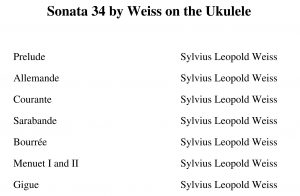
This complete sonata by German composer Sylvius Leopold Weiss (1686 – 1750) is adapted for the Ukulele or Renaissance Guitar, using musical notation and tablature. There are seven movements in the sonata. When playing a soprano, concert or tenor ukulele, linear tuning is required (i.e. using a low G string). Read the notes about the composers and/or pieces. Listen to the recordings.
Classical/Romantic Transcriptions
These books are based on musical transcriptions from other instruments (e.g. guitar, lute).
This collection of beginner to intermediate pieces by Ferdinando Carulli (1770 – 1841) are adapted for the Ukulele or Renaissance Guitar, using musical notation and tablature. The pieces in this book are in roughly in order of ascending difficulty. When playing a soprano, concert or tenor ukulele, linear tuning is required (i.e. using a low G string). Read the notes about the composers and/or pieces. Listen to the recordings.
This collection of beginner to intermediate pieces by Fernando Sor (1778 – 1839) are adapted for the Ukulele or Renaissance Guitar, using musical notation and tablature. The pieces in this book are in roughly in order of ascending difficulty. When playing a soprano, concert or tenor ukulele, linear tuning is required (i.e. using a low G string). Read the notes about the composers and/or pieces. Listen to the recordings.
This collection of beginner to intermediate pieces by Fernando Sor (1778 – 1839) are adapted for the Ukulele or Renaissance Guitar, using musical notation and tablature. The pieces in this book are in roughly in order of ascending difficulty. When playing a soprano, concert or tenor ukulele, linear tuning is required (i.e. using a low G string). Read the notes about the composers and/or pieces. Listen to the recordings.
Playing & Singing
This selection of ballads and songs from the 15th to 18th Centuries are adapted for the Ukulele or Renaissance Guitar, using musical notation, chords and tablature. Included are a set of strumming or picking patterns that can used interchangeably when playing the ballads or songs. The pieces in this book are in alphabetical order. Read the notes about the composers and/or pieces. Listen to the recordings.
This selection of Yuletide or Christmas music and carols from the 13th to 18th Centuries are adapted for the Ukulele or Renaissance Guitar, using musical notation, chords and tablature. The pieces in this book are roughly in date order. If the music and words date from different times, it is the age of the music used to determine the order. A separate booklet is included with the words for singing along. Read the notes about the composers and/or pieces. Listen to the recordings.
Duets & Quartets & Ensembles
This collection pieces from the Renaissance, Baroque and Classical periods (from 1500 to 1800) are adapted and arranged for Ukulele Duet using modern musical notation and tablature. For best performance, Ukulele part 1 should be a soprano, concert or tenor ukulele with linear tuning as G-C-E-A (i.e. using a low G for the fourth string) and Ukulele part 2 should be a baritone ukulele with standard tuning as D-G-B-E. Alternatively, Ukulele part 1 can be played using a Renaissance guitar or a classical guitar with capo on the 5th fret and Ukulele part 2 can be played on a classical guitar. The pieces are not arranged in any particular order, however, the selections at the start of the book tend to be easier and shorter and get longer and more challenging towards the end of the book. Read the notes about the composers and/or pieces. Listen to the recordings.
Pachelbel’s Canon on Ukulele(s): For an advanced duet version of the famous canon, see details in this book listed under Baroque Transcriptions.
This collection six Pavans by Luis de Milan from the Renaissance and early Baroque periods (from 1500 to 1650) are adapted and arranged for Ukulele Quartet using modern musical notation. For best performance, Ukuleles part 1 and 2 should be a soprano, concert or tenor ukulele in standard tuning as g-C-E-A (i.e. re-entrant tuning using a high G tuning for the fourth string), Ukulele part 3 should be tenor ukulele with linear tuning as G-C-E-A (i.e. using a low G for the fourth string), and Ukulele part 4 should be a baritone ukulele with standard tuning as D-G-B-E. Alternatively, Ukulele parts 1, 2 and 3 can be played using Renaissance guitars or classical guitars with capo at the 5th fret and Ukulele part 4 can be played on a classical guitar. Read the notes about the composers and/or pieces. Listen to the recordings.
This collection of intermediate to advanced pieces by Anthony Holborne (ca 1545 – 1602) are adapted for a ukulele ensemble, using modern musical notation. The pieces are arranged for ukulele ensemble but the parts can be combined if there are fewer instruments performing a piece. Part 1 can be a concert/soprano/tenor ukulele. Parts 2 and 3 can be a concert/soprano/tenor ukulele with linear tuning using a low G string. Part 4 can be a baritone ukulele or classical guitar. Part 5 can be a ukulele bass tuned up an octave (to E2-A2-D3-G3), a classical guitar or a tenor ukulele with two added lower strings (E2 and A2). Read the notes about the composers and/or pieces. Listen to the recordings.
NOTE: There is also a set of arrangements for a Guitar Ensemble.
Recitals & Suites
This collection of intermediate to advanced pieces with a military theme are adapted for the Ukulele or Renaissance Guitar, using musical notation and tablature. The pieces in this book in roughly date order of the related military events. When playing a soprano, concert or tenor ukulele, linear tuning is required (i.e. using a low G string). Read the notes about the composers and/or pieces. Listen to the recordings.
This collection of intermediate to advanced pieces by Spanish composer Gaspar Sanz (ca 1650-1710) are adapted for the Ukulele or Renaissance Guitar, using musical notation and tablature. The pieces in this book in order that could be used in a recital. When playing a soprano, concert or tenor ukulele, linear tuning is required (i.e. using a low G string). Read the notes about the composers and/or pieces. Listen to the recordings.
Troves
This collection of beginner to advanced fantasies from the Renaissance (16th century) are adapted and arranged for the Ukulele or Renaissance Guitar, using both modern musical notation and tablature. The pieces in this book are ordered by composer and in roughly the same order as the original books. When playing a soprano, concert or tenor ukulele, linear tuning is required (i.e. using a low G string). Read the notes about the composers and/or pieces. Listen to the recordings.
This collection of beginner to advanced bransles from the Renaissance (16th century) are adapted and arranged for the Ukulele or Renaissance Guitar, using both modern musical notation and tablature. The pieces in this book are ordered by composer and in roughly the same order as the original books. When playing a soprano, concert or tenor ukulele, linear tuning is required (i.e. using a low G string). Read the notes about the composers and/or pieces. Listen to the recordings.
This collection of beginner to advanced pavanes from the Renaissance (16th century) are adapted and arranged for the Ukulele or Renaissance Guitar, using both modern musical notation and tablature. The pieces in this book are ordered by composer and in roughly the same order as the original books. When playing a soprano, concert or tenor ukulele, linear tuning is required (i.e. using a low G string). Read the notes about the composers and/or pieces. Listen to the recordings.
This collection of beginner to advanced gaillardes from the Renaissance (16th century) are adapted and arranged for the Ukulele or Renaissance Guitar, using both modern musical notation and tablature. The pieces in this book are ordered by composer and in roughly the same order as the original books. When playing a soprano, concert or tenor ukulele, linear tuning is required (i.e. using a low G string). Read the notes about the composers and/or pieces. Listen to the recordings.
This collection of beginner to advanced chansons from the Renaissance (16th century) are adapted and arranged for the Ukulele or Renaissance Guitar, using both modern musical notation and tablature. The pieces in this book are ordered by composer and in roughly the same order as the original books. When playing a soprano, concert or tenor ukulele, linear tuning is required (i.e. using a low G string). Read the notes about the composers and/or pieces. Listen to the recordings.
This collection of beginner to intermediate duos from the Renaissance (16th century) are adapted and arranged for the Ukulele or Renaissance Guitar, using both modern musical notation and tablature. The pieces in this book are grouped by composer and in roughly the same order as the original books. When playing a soprano, concert or tenor ukulele, linear tuning is required (i.e. using a low G string). Read the notes about the composers and/or pieces. Listen to the recordings.
This collection of beginner to intermediate villancicos from the Renaissance (16th century) are adapted and arranged for the Ukulele or Renaissance Guitar, using both modern musical notation and tablature. The pieces in this book are grouped by composer and in roughly the same order as the original books. When playing a soprano, concert or tenor ukulele, linear tuning is required (i.e. using a low G string). Read the notes about the composers and/or pieces. Listen to the recordings.
This collection of beginner to intermediate sonetos from the Renaissance (16th century) are adapted and arranged for the Ukulele or Renaissance Guitar, using both modern musical notation and tablature. The pieces in this book are grouped by composer and in roughly the same order as the original books. When playing a soprano, concert or tenor ukulele, linear tuning is required (i.e. using a low G string). Read the notes about the composers and/or pieces. Listen to the recordings.
This collection of beginner to intermediate strambotes from the Renaissance (16th century) are adapted and arranged for the Ukulele or Renaissance Guitar, using both modern musical notation and tablature. The pieces in this book are grouped by composer and in roughly the same order as the original books. When playing a soprano, concert or tenor ukulele, linear tuning is required (i.e. using a low G string). Read the notes about the composers and/or pieces. Listen to the recordings.
Three books of intermediate to advanced motetes from the Renaissance (16th century) are adapted and arranged for the Ukulele or Renaissance Guitar, using both modern musical notation and tablature. The pieces in this book are grouped by composer and in roughly the same order as the original books. When playing a soprano, concert or tenor ukulele, linear tuning is required (i.e. using a low G string). Read the notes about the composers and/or pieces. Listen to the recordings.
